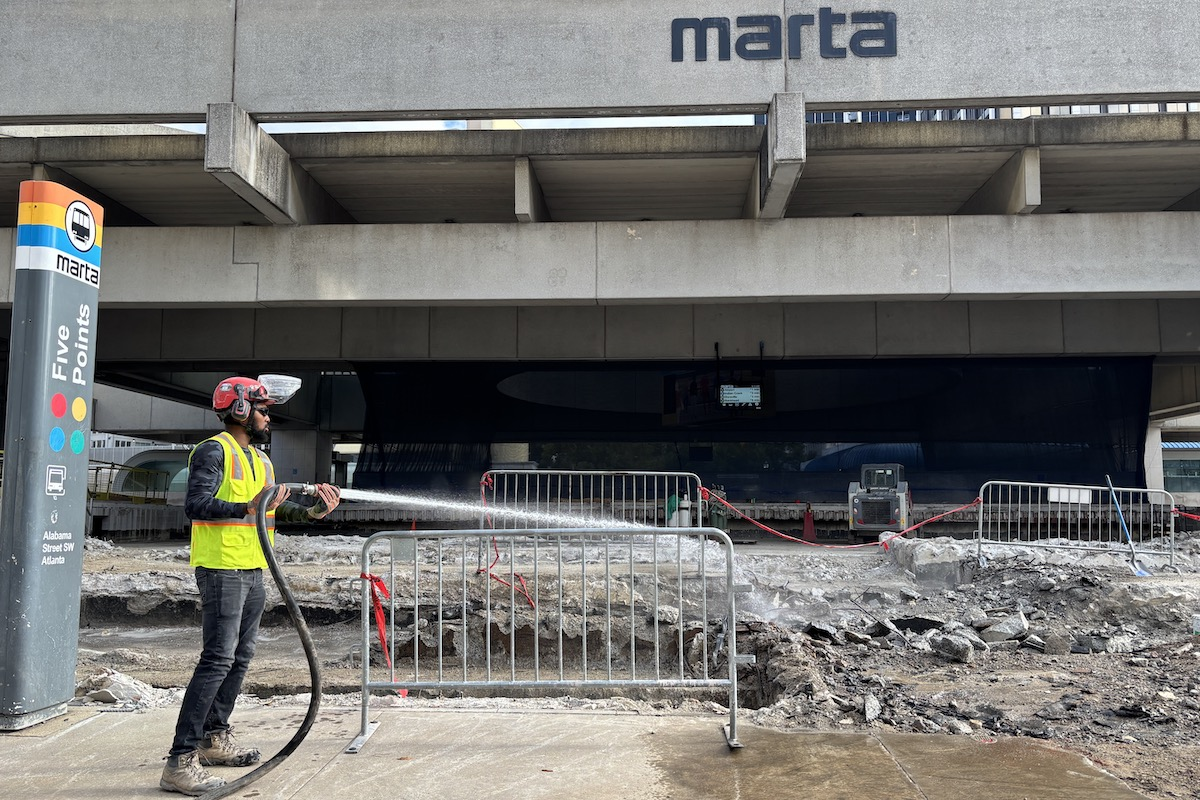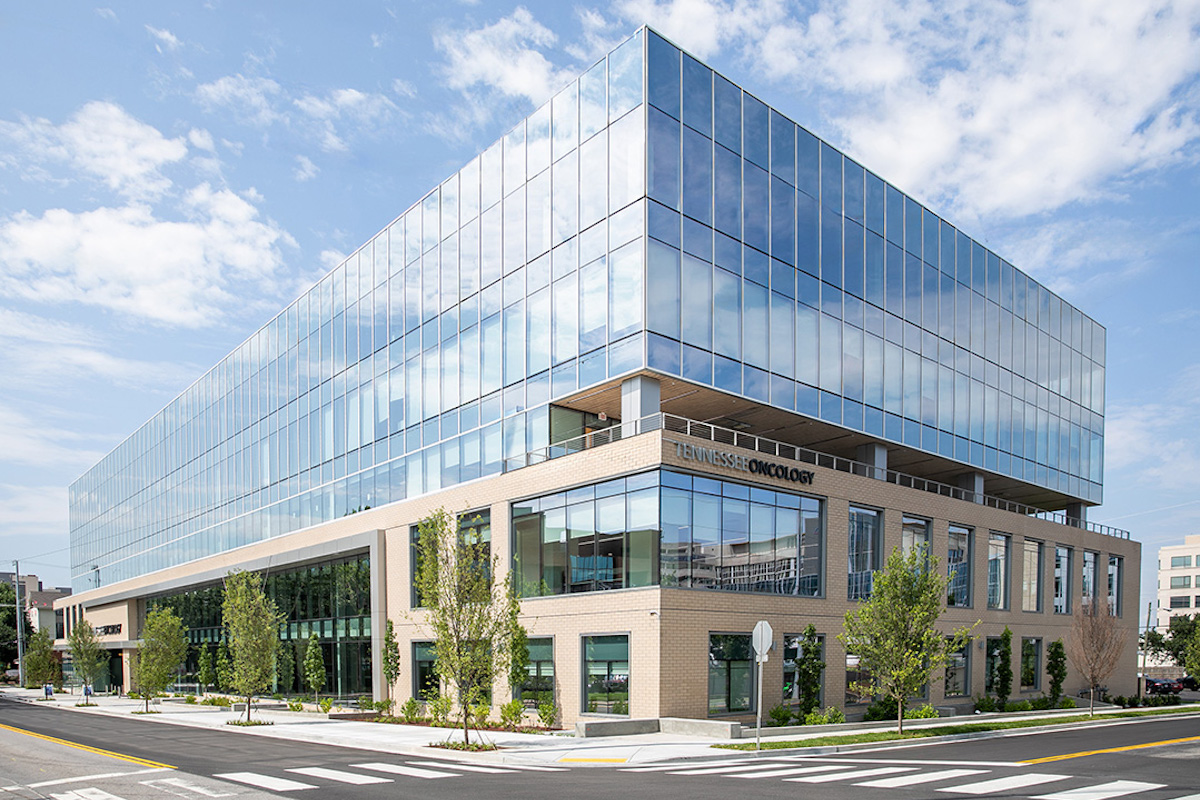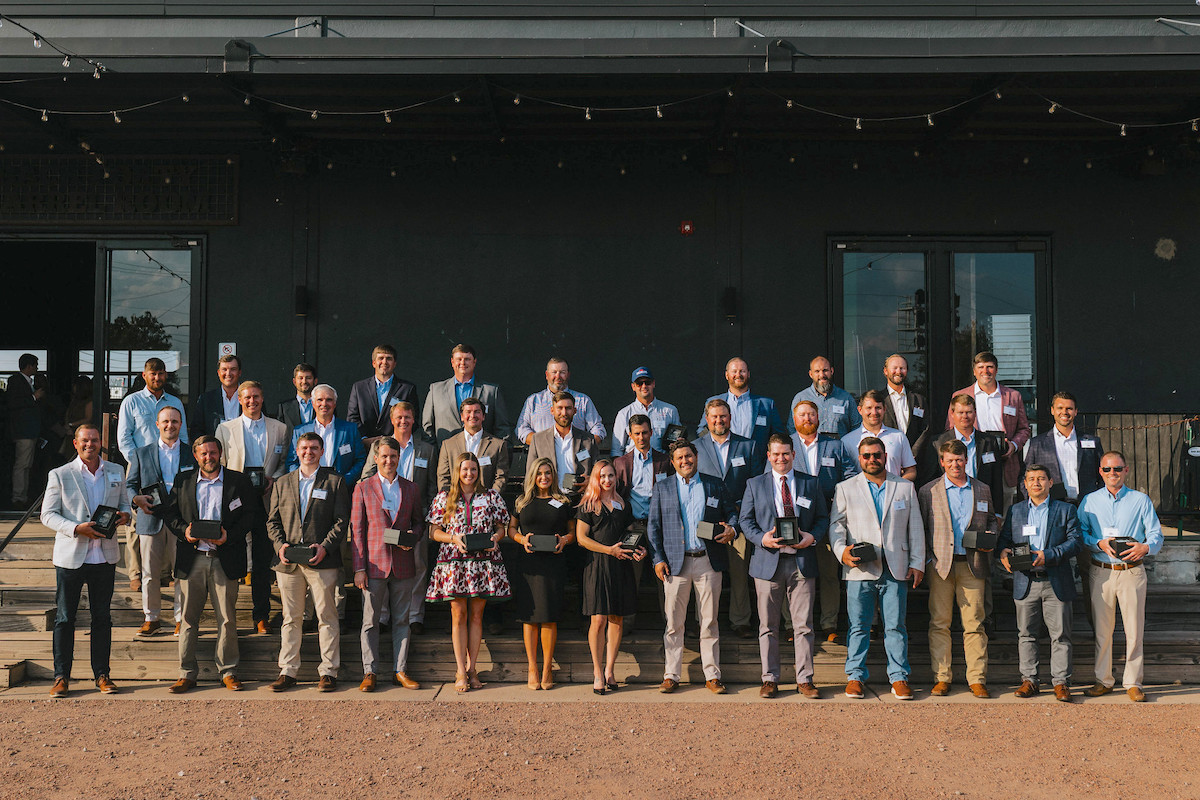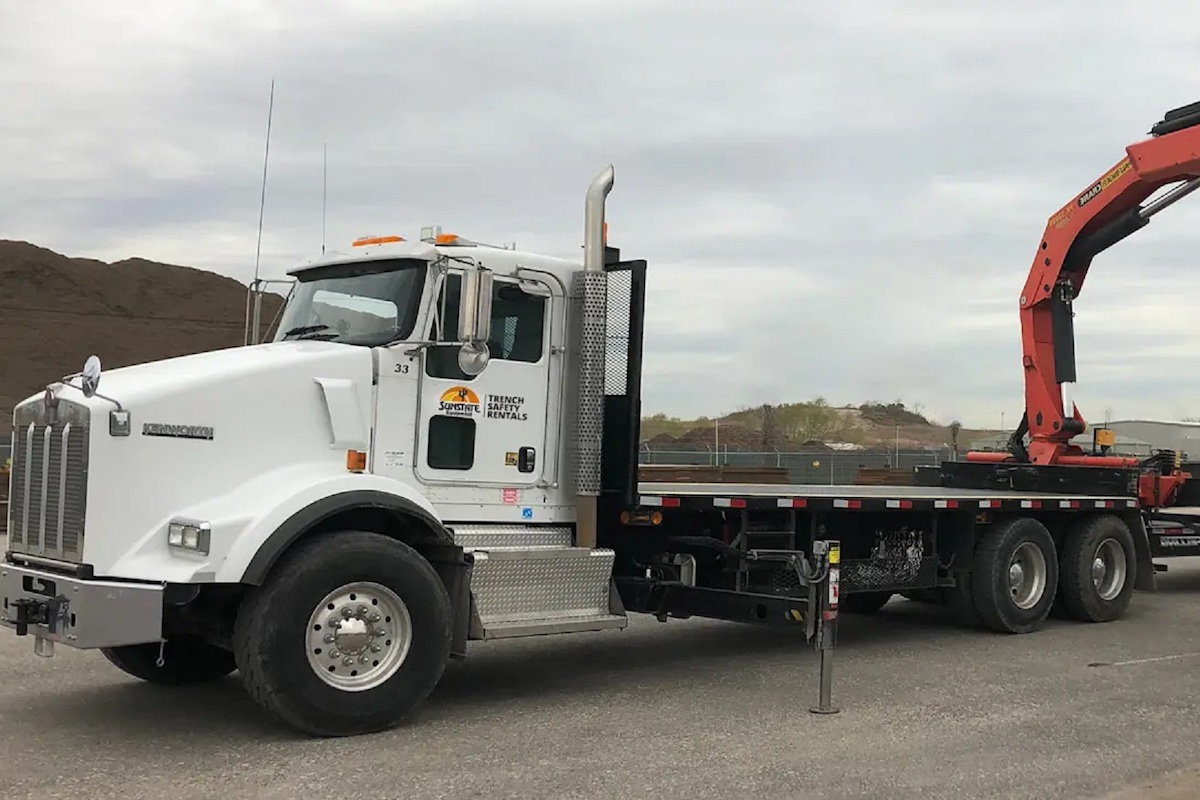“The bridge was reaching the end of its useful life,” says Mike Schupp, Construction and Materials Engineer for the MoDOT Central District. “The new bridge will get us 100 years.”
MoDOT considered rehabilitating the bridge, which would have extended its life by 10 to 15 years, but that would have required reducing the number of lanes while the work took place, creating a bottleneck that would have led to up to eight hours of delays getting over the bridge. The communities in the surrounding counties – Cooper and Boone – wanted the structure replaced, Schupp reports.
“We are thankful to all our partners who saw the importance of this bridge and came to the table to find solutions,” said Missouri Governor Mike Parson, at the groundbreaking in October 2021. “This new bridge will help keep millions of vehicles moving efficiently and support greater state and local economic growth.”
About 34,000 vehicles cross the bridge daily, including 8,227 commercial trucks. As much as 46 million tons of freight move across the bridge, annually.

| Your local Bomag Americas dealer |
|---|
| Linder Industrial Machinery |
I-70 stretches from coast to coast. In Missouri, it runs east to west and connects Kansas City with St. Louis. The bridge has earned the nickname “lynchpin of America” for all of the goods that pass over it.
“This bridge is a huge link to the East Coast and the West Coast,” Schupp says. “This project will provide a safe transportation system that is efficient for the traveling public.”
MoDOT received an $81.2 million Infrastructure for Rebuilding America (INFRA) grant from the U.S. Department of Transportation to construct the new $242 million Lance Cpl. Leon Deraps Interstate 70 Missouri River Bridge, named for a local U.S. Marine killed during Operation Iraqi Freedom. The grant funding triggered state bonding to be repaid through state general revenue.
A major goal of the project was to limit traffic impacts during construction. Therefore, most of the work takes place offline.
The project also includes widening I-70 to three lanes in each direction from the Route BB bridge to the railroad bridges, west of the Rocheport Bridge, and replacing the Route BB bridge, just east of the Rocheport Bridge, with a wider bridge over I-70, which will require a detour.
The Route BB Bridge currently has a voided slab, but the replacement bridge will likely have box girders.
“We were looking for innovation, and this project was a good candidate for design-build to get the job completed more quickly,” Schupp says.
The contractor began construction in October 2021 and started with the westbound bridge, to the north of the existing structure. Subcontractor Phillips Hardy of Boonville, Missouri, blasted thousands of cubic yards of rock from north of I-70 and transported that rock to build up the ground to support the new bridge approach road.
Lunda crews build off of barges and worked through the winter of 2022-2023. However, the water levels have been low and crews need to constantly dredge to keep the barges floating.
The new bridges will be 3,120 feet long and will be wider than the existing structure. Both bridges will have three travel lanes and a shoulder. During future rehabilitations they will be able to carry four lanes of traffic.
The bridges are supported by drilled shafts in the water to a depth of 130 feet to reach bedrock and driven piles on land. There are 16 bents.
The twin multispan bridges will have five steel-plate girders over the river, set via two cranes on barges, and 10 prestressed concrete girders on the approach spans over the Overton Bottoms, a wildlife refuge. The concrete girders were set off the existing bridge with two cranes during a closure.
While building the new bridge offline, east- and westbound traffic was shifted to the existing structure. Once the new westbound bridge is complete, all traffic will be placed on it, and crews will demolish the old bridge. Exact plans for demolition remain undecided, but Schupp anticipates the contractor will remove the concrete from the deck and then detonate the steel frame, let it drop into the river and then fish it out of the water. Crews will build the new eastbound bridge in the same location of the existing structure.
The bridge will be applied with a high-friction surface treatment to help drivers maintain better control and increase safety, especially in the rain and snow. The surface contains a high-quality aggregate with a polymer binder. The Federal Highway Department reports that these pavement treatments reduce crashes, injuries and fatalities, with wet crashes decreasing by 83 percent and total crashes 57 percent.
The first bridge is set to finish in the middle of June and the project is scheduled for full completion in December 2024. Schupp praised the team’s collaboration and credited it for keeping the project moving along on budget and schedule.
“The teamwork was outstanding,” Schupp concludes. “I could not ask for a better team. They are very responsive and accepting to things we would like to make changes to. It’s been a great working environment.”
Photos courtesy of Missouri Department of Transportation













































































